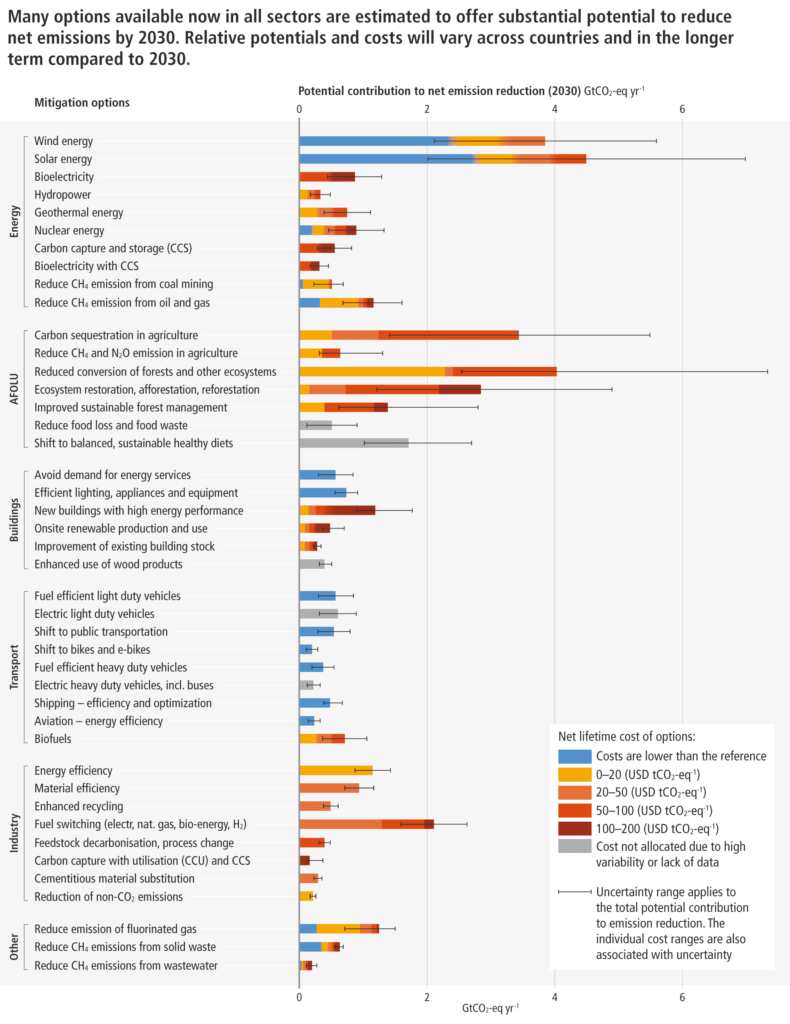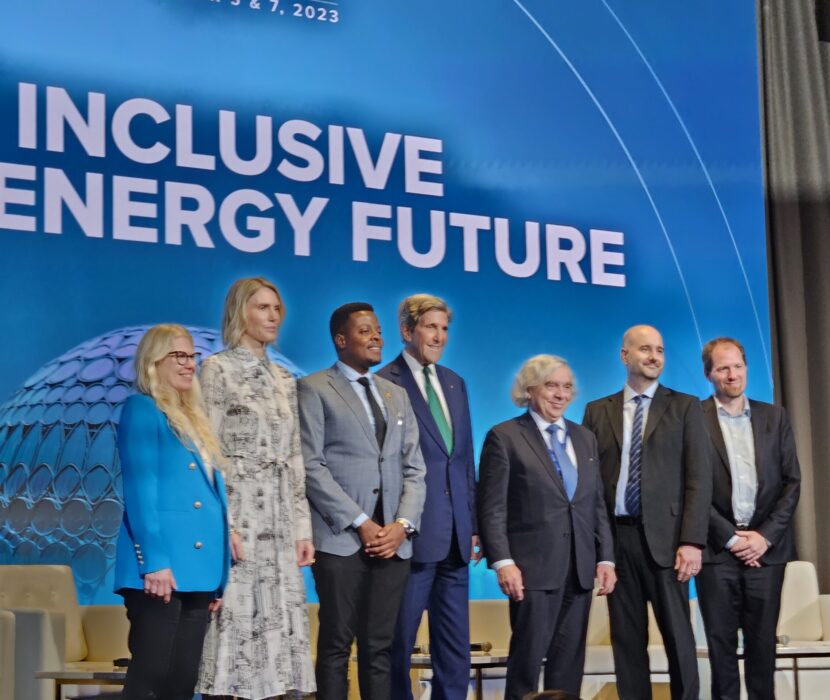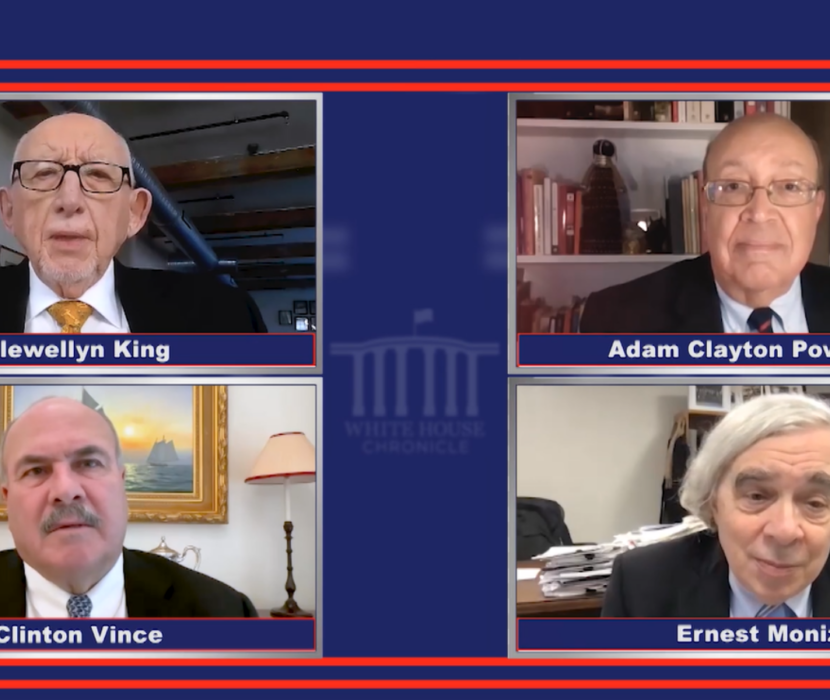On April 4, 2022, the International Panel on Climate Change (IPCC)—an international group of climate scientists convened by the United Nations—released the third report in its most recent review of climate science. While reports one and two assessed the physical science and impacts of climate change, the third report (referred to as “Working Group 3”) examines solutions to abate further warming. Nearly every emissions-cut scenario considered by the IPCC in this report involves some form of carbon dioxide removal (CDR) and non-fossil fuels energy sources as part of climate change mitigation. Both of these approaches have been primary focuses of the Energy Futures Initiative’s (EFI’s) work over the last five years.

The importance of carbon dioxide removal underscores the need to further develop these technologies and consider policies that can speed the process. EFI has produced analysis and policy recommendations for multiple CDR avenues, including technologically enhanced natural methods of carbon storage (see From the Ground Up, Uncharted Waters, and Rock Solid), carbon capture with utilization and storage (CCUS), and bioenergy with carbon capture and storage (BECCS). While abating emissions to mitigate climate change is the primary goal, carbon dioxide removal is necessary to address continued emissions from difficult-to-decarbonize sectors and the aviation industry.
Fossil fuel emissions generated from the industrial sector make up a large proportion of the greenhouse gasses causing climate change. The IPCC report highlighted hydrogen and biofuels as two energy sources that could power the industrial sector with fewer emissions. EFI has produced research on biofuels, and, most notably, hydrogen. According to EFI’s workshop summary on the potential for hydrogen in North and South Carolina, “[clean] hydrogen may address many of the challenges for the rapid decarbonization of critical sectors in the U.S. economy,” including transportation, buildings, industrial heating, cement, steel, and chemical production. Additionally, as hydrogen entails existing infrastructure worker skill sets, growing a hydrogen market could provide jobs for those who might otherwise be displaced during the clean energy transition. According to the IPCC, however, clean hydrogen and biofuels likely still need process improvements for production and cost reductions.

While any amount of emissions reduction is needed to reach our net-zero emissions goals and live on a healthier planet, different emissions reduction strategies can lead to different results. The IPCC produced a particularly helpful table displaying the cost and mitigation potential of various solution pathways. Notably, renewables top the charts as the solutions with the most cost-effective mitigation potential. The report notes that in some instances, the cost of wind and solar energy are on par with fossil fuels. EFI provides work on the potential for offshore wind in the United States and what policies and incentives could enable the country to optimize its potential. In a report on decarbonizing California, EFI provides critical analysis on energy storage needs for solar and wind, raising concerns about the currently limited capacity for long-term energy storage coupled with the intermittent nature of solar and wind power.
Despite recent efforts to curb climate change, the IPCC found that emissions have continued to increase, albeit at a slower rate over the last decade. This is because emissions have continued to rise due to increased energy demand more than they have decreased due to more efficient and improved processes. Faster financing, policy innovation, incentives, and technology improvements are needed to catalyze the impacts of solutions at hand. EFI’s work has helped improve policy innovation by meaningfully shaping or informing more than ten federal initiatives over the last four years, including the Energy Act of 2020, the establishment of Office of Clean Energy Demonstrations, Carbon Dioxide Removal RD&D authorizations and appropriations, and the bipartisan CREATE Act.
We have options in all sectors to at least halve emissions by 2030.
IPCC Statement
Alternative fuels, carbon management, and renewable energy are strong options for reaching imperative net-zero goals. Lack of climate financing, however, stifles much-needed implementation, scalability, and cost-reduction of many of these solutions. Policy recommendations and technology innovation, like those offered by EFI are helping address the most important priorities identified in this most recent IPCC report.
For more information on the IPCC’s latest report, check out Carbon Brief’s takeaways and analysis and this article by the BBC.
– Angie Kaufman
(Share this post with others.)




